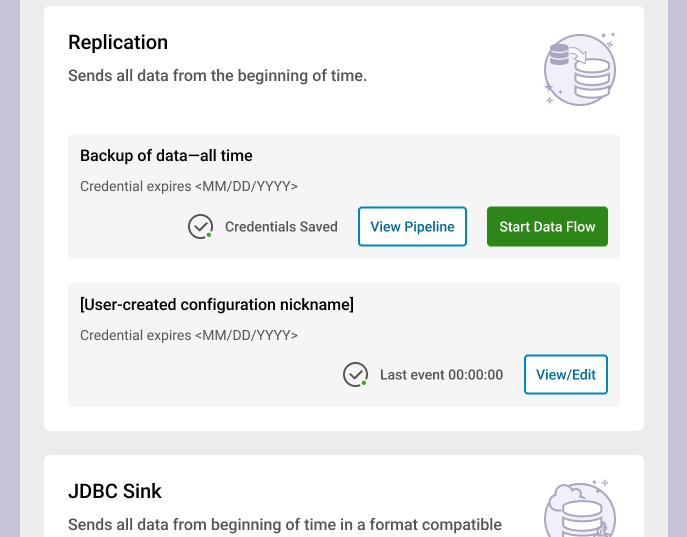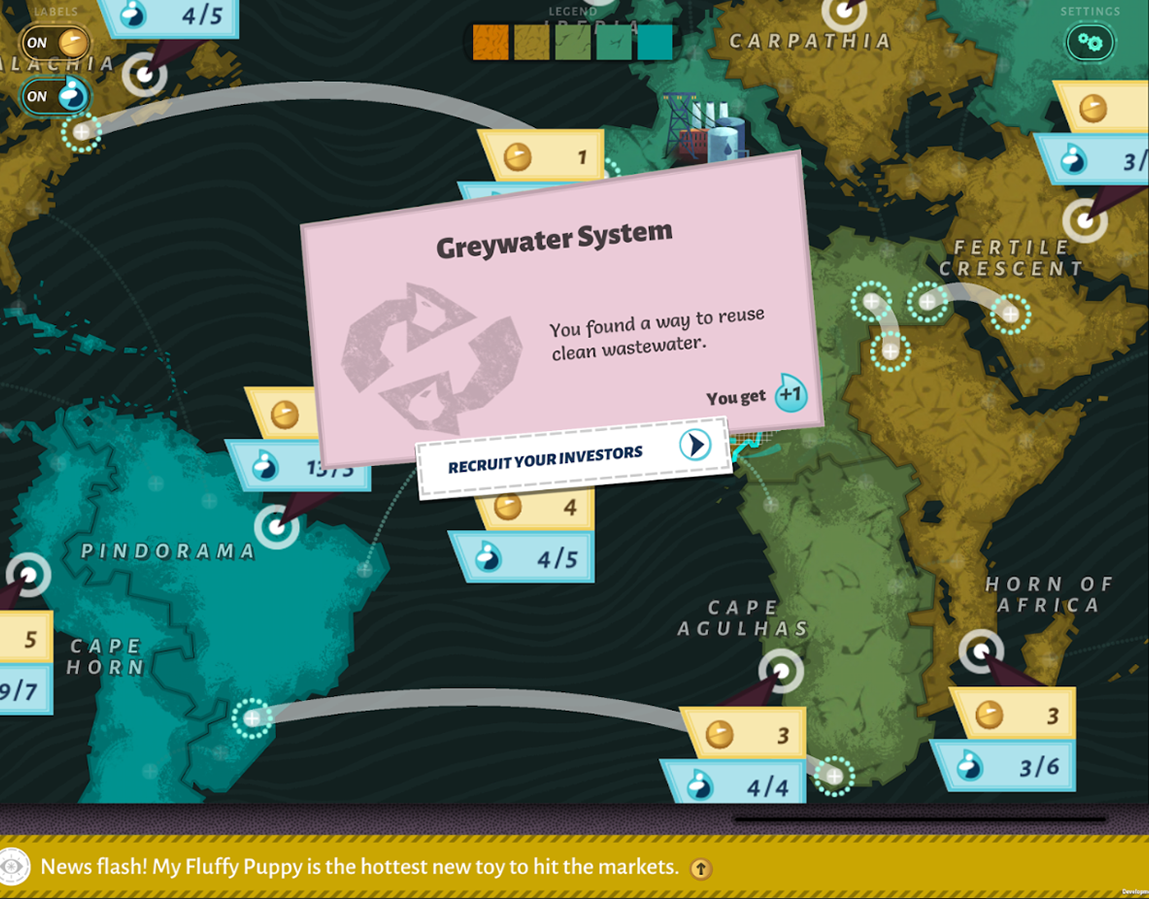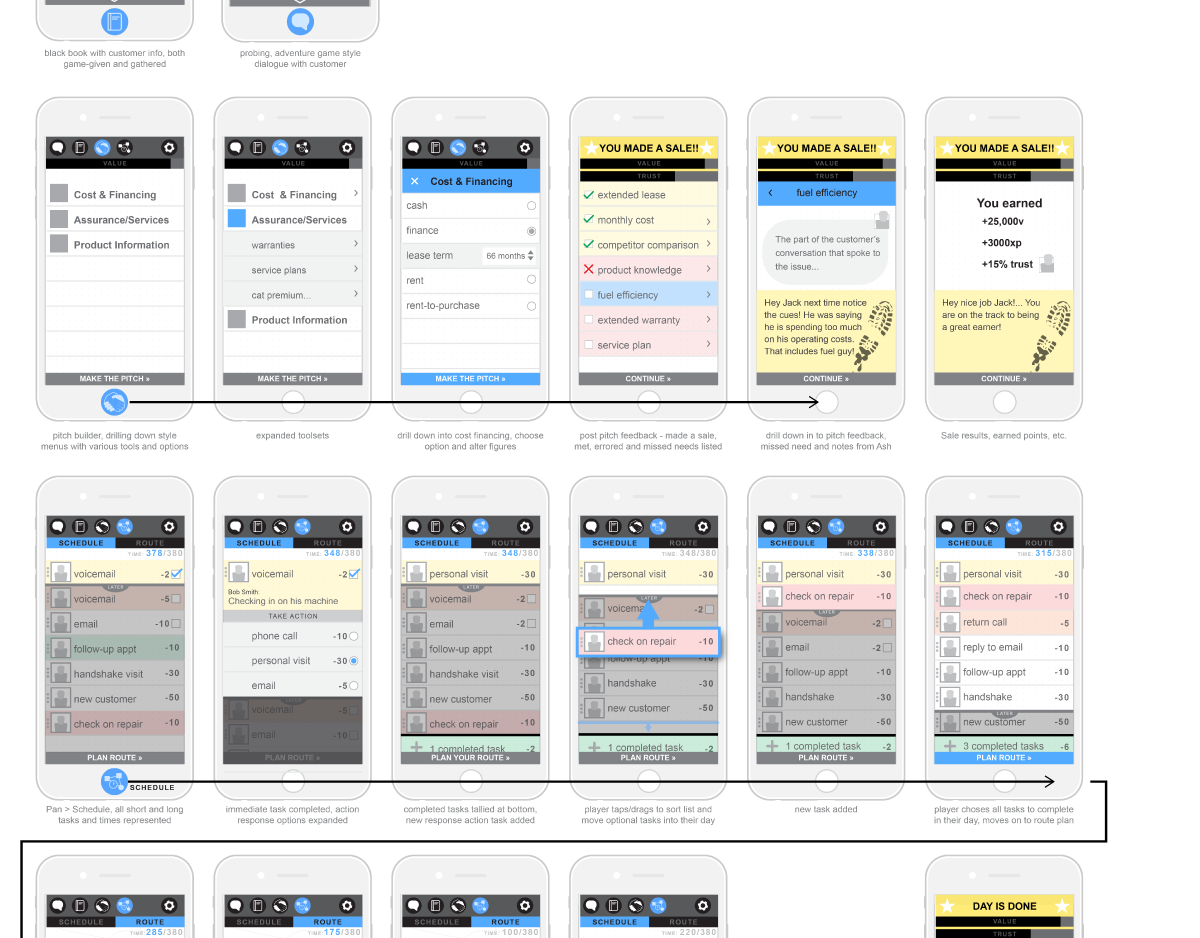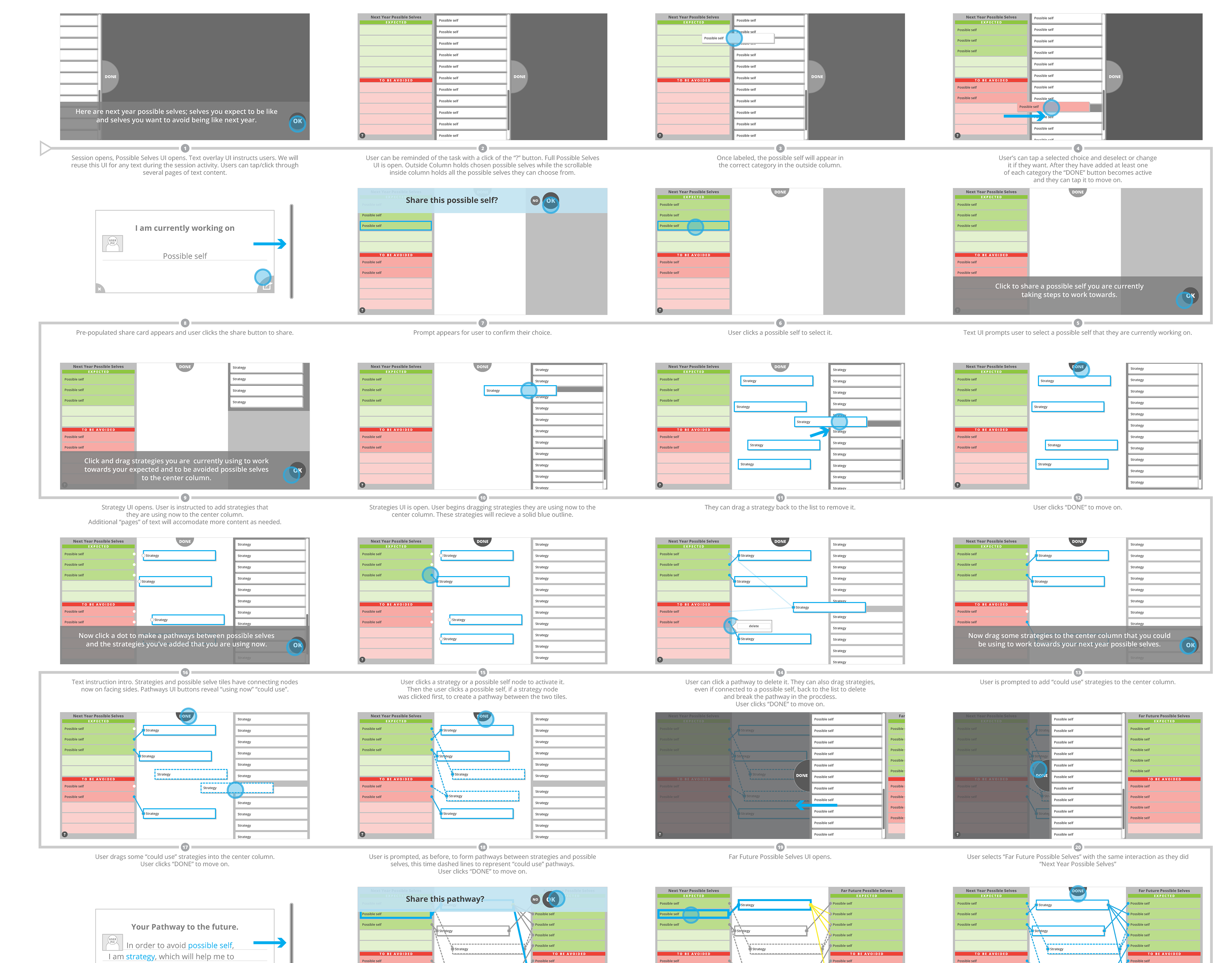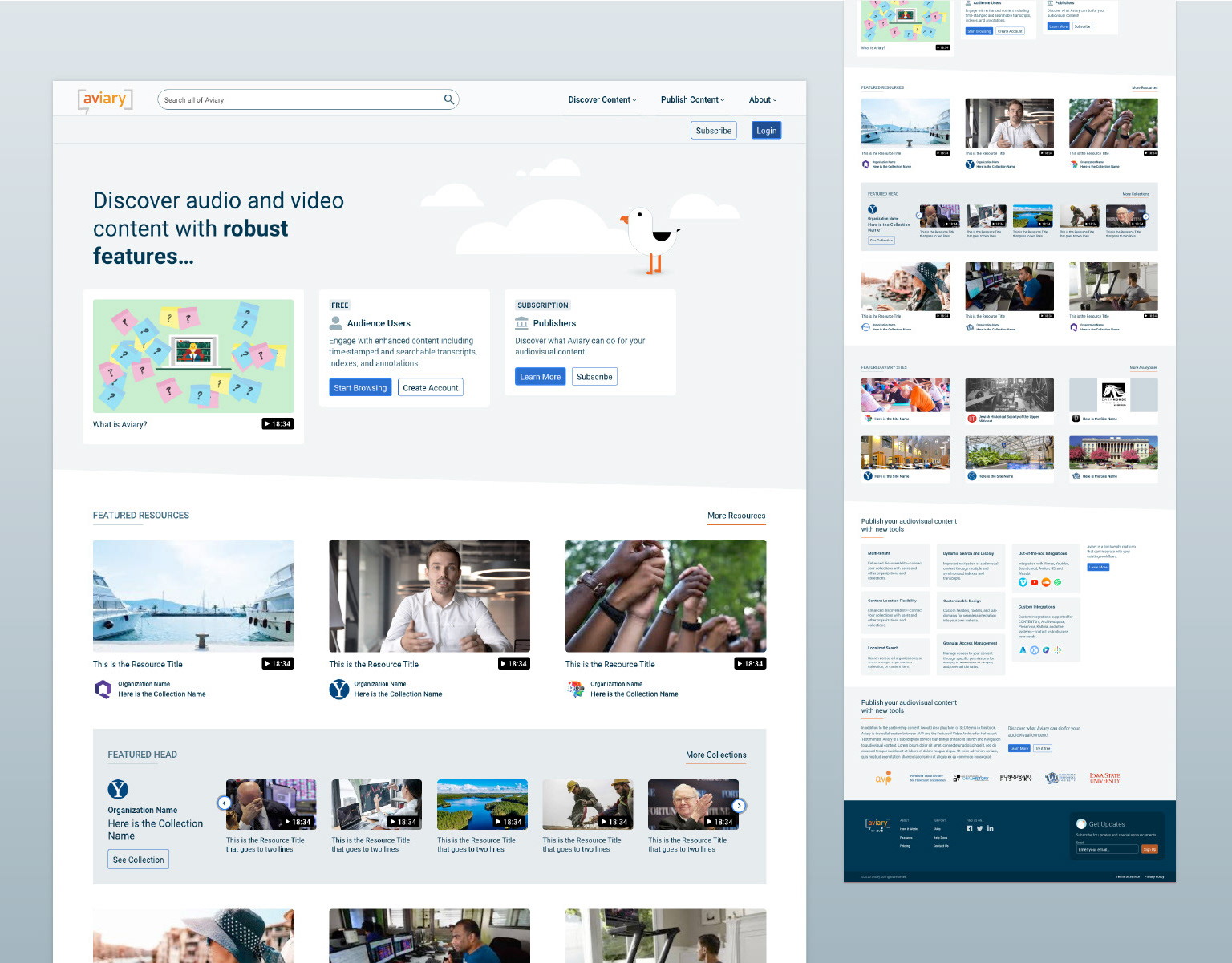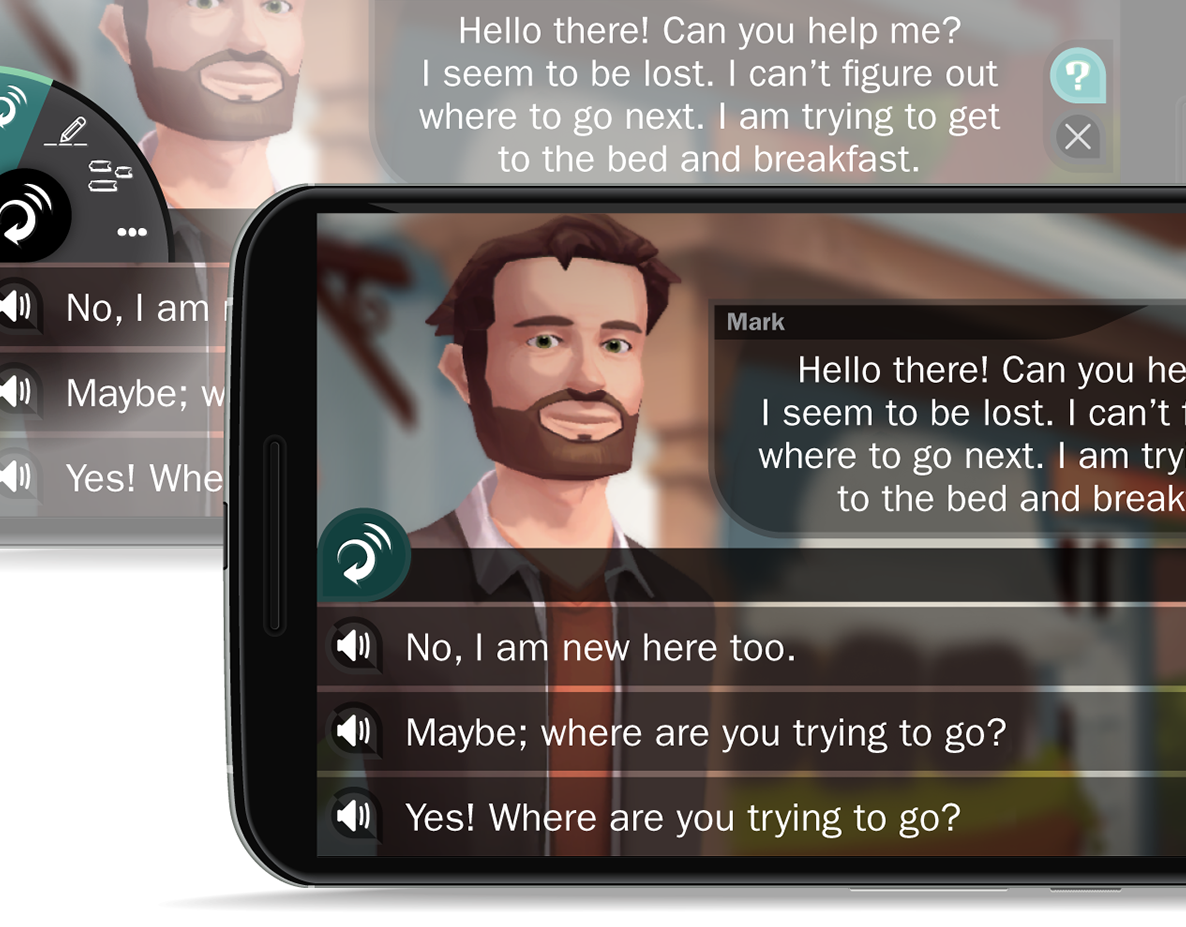Overview
Blain’s Farm & Fleet mPOS is a mobile point of sale system app that allows a Midwest department store to meet their brick and mortar retail customers where they are—for line busting in peak shopping times, at their Drive-Thru, garden center, and off-site at horse and agriculture shows.
Roles & Responsibilities
—Led design of mPOS—initial launch of MVP on iOS through multiple feature improvements and Android launch.
—Discovery research with stakeholders, future users, and comparative applications.
—Coordinated with cross functional teams including client stakeholders, technology partners, users, and developers to refine the user experience during development.
—Led design on future feature development updates and releases.
Scope & Constraints
—MVP timeline from development kick-off to initial client launch was just six weeks including two weeks of quality assurance and testing.
—Design needed to leverage the user’s existing experiences and knowledge of the client’s legacy brick-and-mortar point of sale system without adopting its UX pitfalls.
—Features and scope creep were constant due to shifting priorities and focus in the client’s organization with minimal to no variation to the timeline. After review of existing solutions
—Small target device (iPod touch—320x568) for a robust list application.No time or budget for user research, though some key user challenges served as torches for the project.
—Purchasing flows. Item discount and edit. Coupons. Rewards account. Tax Exemption. Free item promotions. Credit, debit, and gift card payment.
Users and Audience
With stores throughout the Midwest, Blain’s Farm and Fleet supports rural and urban markets with product categories that overlap home improvement stores, garden centers, outdoor recreation, farm supply, and pet stores. Blain's cashiers and warehouse employees are the primary app users with Blain's in-person customers as the secondary users.
Process
With a unique client relationship that straddled the line of external and internal consultant, this new initiative required a short but silo-ed design discovery to give internal teams a visual foundation to support their budget discussions and decisions. With minimal investment, these design-bubble flow documents and wireframes are often discarded or modified beyond recognition, but surprisingly, with the exception of feature additions, the first mPOS wireframes and flows still feel like a young, naive version of the living application. As the features grew, the order list and checkout evolved and user flows were optimized to keep it simple with progressive disclosure of advanced functions and alternate paths.
key user stories:
As a Blain’s employee I want to assist customers with purchases where they are—at Drive-Thru, at off-site events like Horse Shows, and while they wait in line during peak shopping times.
As a Blain’s stakeholder, I want a low individual cost, flexible point of sale system to augment my POS infrastructure to drive increased revenue and customer satisfaction.As a Blain’s customer I want personalized service and suggestions with a quick checkout experience.
Outcomes and lessons
* With the events of 2020 the mPOs should have been poised for sweeping adoption, but some store locations have left their devices on the shelf. With a more coordinated effort, and larger budget, some internal incentive could have been created for embracing the new application.
* My future ambition for the project would be a more comprehensive effort and exploration into the UX of the application in the field. The difficulties of a small device, encased in a thicker barcode scanner, each with a battery source, and the inclusion of two additional peripheral devices seems cumbersome at best. I may be dating myself or outing my off taste in movies, but this is the image that comes to mind when I envision mPOS in the field https://j.gifs.com/910Z4x.gif
Feature: Onboarding setup flow
The product demanded a supported set-up process to assist store managers and leaders when setting up new mPOs devices, or when upgrading. With three additional devices integrated into the mPOS product, the setup is very linear and moves through each of the devices after an initial manager login.
FEATURE: Product Catalog
The mPOS was a new product with many new features for the client and their stores, but we wanted to integrate a limited product catalog borrowed from their public mobile ecommerce app. Featuring category navigation, a product list, and a simple product detail page. Employees are empowered to assist customers looking for a visual of a product, product details, or assist customers with payment for self service products.
FEATURE: Scanning Device Sled
Blain's employees were already using scanning sleds for inventory and product look-up in stores. Using the same device was an obvious choice for the barcode reading needs for the new mPOS app.
FEATURE: Payment Device
An integrated payment device was the core need for mPOS and the team decided on one that could support credit, debit, and everything in-between.
FEATURE: Printing Device - Zebra Bluetooth Printer
To be truly mobile, mPOS needed a mobile printing solution for receipts.
FEATURE: Order List
An essential component of mPOS, the order list functions as a cart interface, recording the shopping order, customer details, and the order's item variations. List items track and display product names, product images, unit price, quantity, promotional prices, coupons, manual discounts, and potential stock issues. As the core UI for the app, various alerts systems delivery urgent messaging to the user.
FEATURE: Item Options
In an effort to keep the order list as concise as possible, all order item level actions take place in a secondary interface. Users can review pricing details, jump to a product detail page, adjust quantities, delete items, and manually discount items.
FEATURE: Free Item promotions
One of Blain's core customer personas is the intrepid deal shopper. The mPOS needed to to support diverse promotions—from redeeming manufacturer coupons, to redeeming and earning company and brand-specific coupons and free items.
FEATURE: Tax Exemption
As a department store that serves a large number of rural and farming customers, Blain's must support tax exemptions across their entire omnichannel shopping experience. The mPOS app supports tax exemptions with exemption profile and user identification look up, item-level tax exemption selection, and a signature capture confirmation.
FEATURE: Loyalty Rewards System
With a loyal customer base, Blain's -needs support for their retail rewards program across their entire omnichannel shopping experience. Customer reward cards can be scanned with the scanner sled integration or looked up manually and added at any point in the order.
FEATURE: Checkout
An integral part of mPOS, the checkout tracks subtotals, order-level discounts, free item promotions, tax and tax exemptions. Payments can be tendered from multiple sources including multiple debit or credit cards and gift cards.
FEATURE: Order Confirmation & Receipt
The user experience does not end after ultimate goal of mPOS, a completed purchase. To make mPOS as flexible as possible, users can offer customers emailed or printed receipts with a choice of a WiFi traditional printer or a handheld bluetooth printer.

